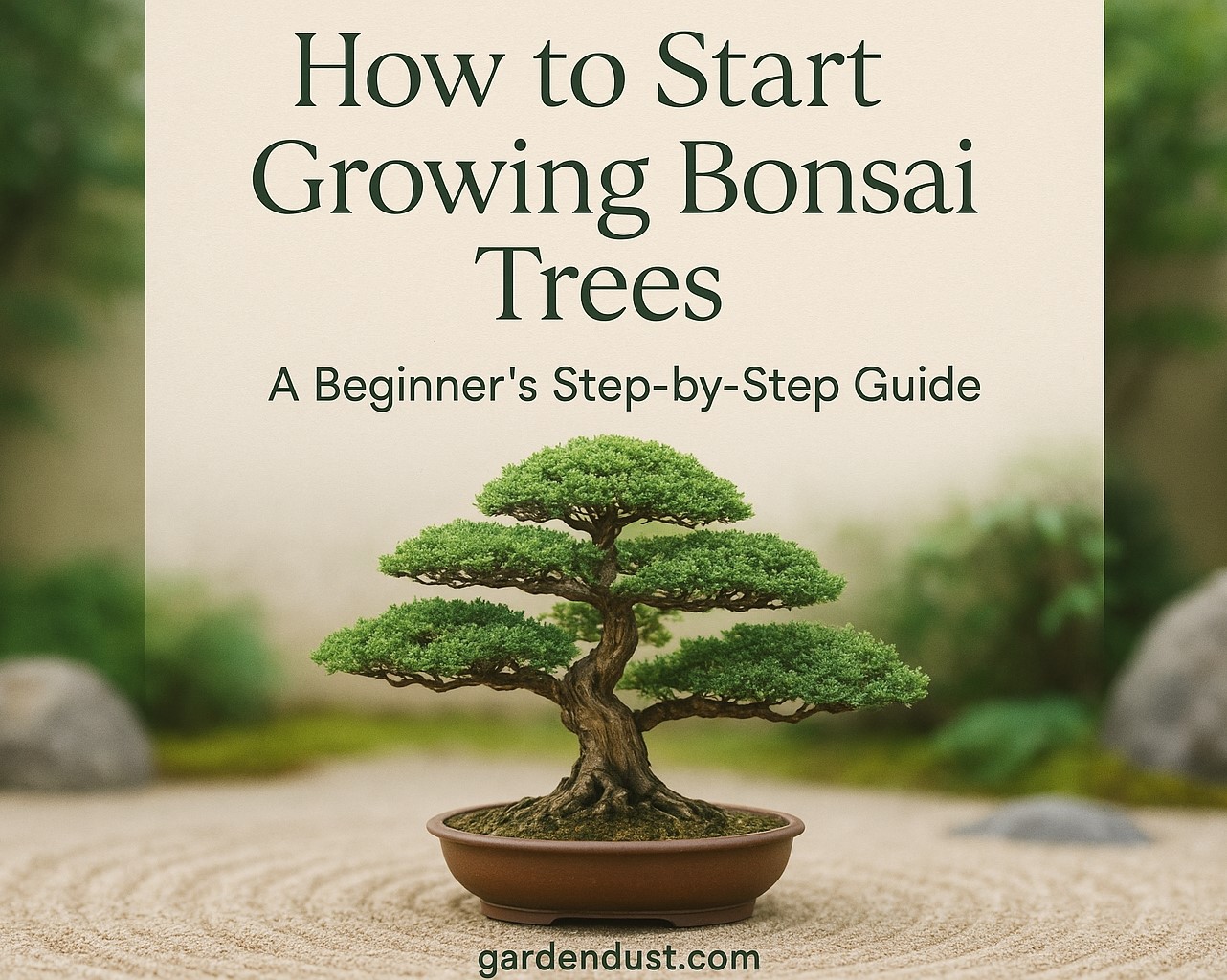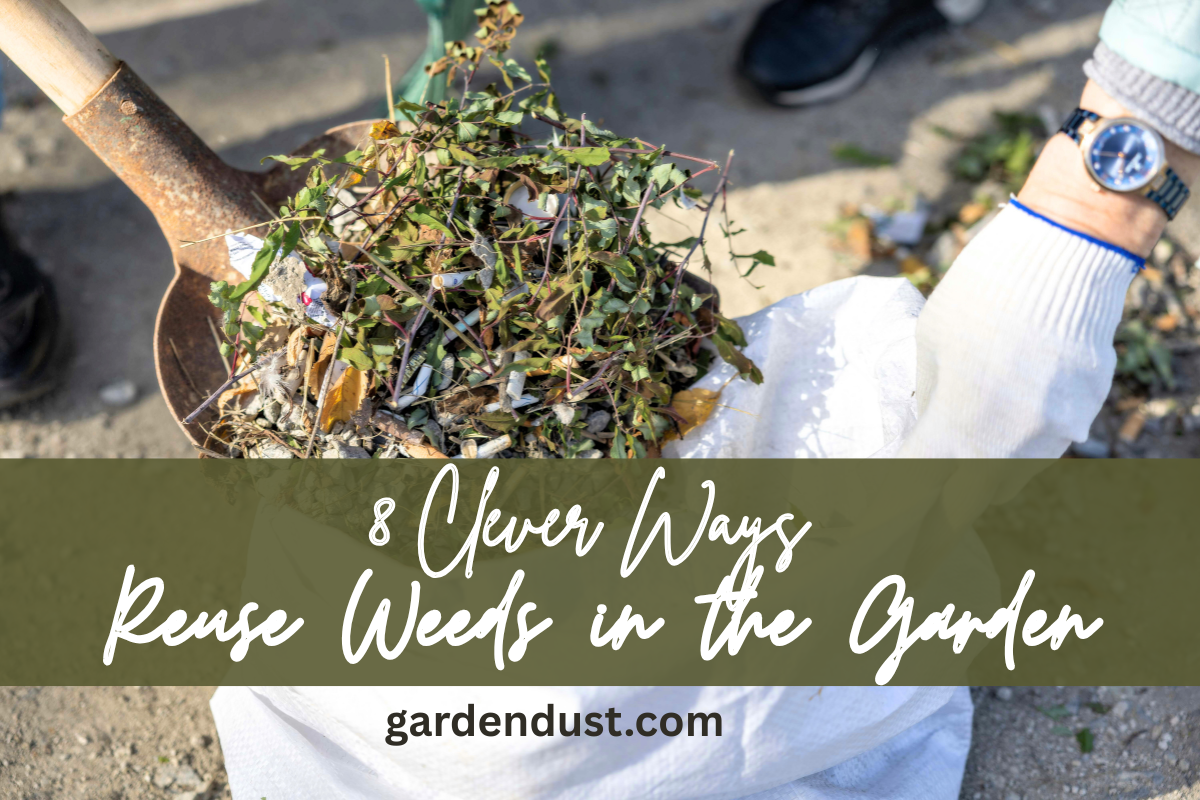Bonsai is the ancient Japanese art of growing miniature trees in containers, capturing the beauty and essence of nature in a small, living sculpture. Though bonsai trees may look delicate and difficult to grow, they can be a rewarding hobby for anyone—especially beginners who take the time to understand the basics. Whether you want to add a tranquil element to your home or start a lifelong passion, this step-by-step guide will walk you through how to begin growing bonsai trees, even if you have no experience.
What Is a Bonsai Tree?
A bonsai is not a genetically dwarfed tree; rather, it is a regular tree that is kept small through pruning, shaping, and potting. The word “bonsai” is Japanese and translates to “planted in a container.” The goal is to replicate nature on a miniature scale, creating a tree that appears full-grown and naturally shaped, even though it fits in a small pot.
Bonsai has roots in ancient China, where it was known as “penjing,” but it was in Japan that the practice evolved into a refined art form with aesthetic rules and philosophies.
Benefits of Growing Bonsai Trees
Before diving into the steps, it’s helpful to understand why bonsai gardening is so appealing:
- Stress Relief: Tending to a bonsai tree can be a meditative, calming activity.
- Creative Expression: Styling a tree allows for artistic input and individuality.
- Connection with Nature: Even urban dwellers can experience a deeper relationship with natural life.
- Improved Patience and Focus: Bonsai requires attention to detail and long-term care, which helps develop discipline.
Step 1: Choose the Right Tree Species
Indoor vs. Outdoor Bonsai
The first decision is whether you want to grow your bonsai tree indoors or outdoors. Most bonsai species are naturally outdoor trees, but some tropical and subtropical varieties do well indoors.
Popular Indoor Species:
- Ficus
- Jade (Crassula)
- Chinese Elm
- Schefflera
Popular Outdoor Species:
- Juniper
- Japanese Maple
- Pine
- Cedar
Factors to Consider
- Climate: Choose species that thrive in your local weather if you plan to grow outdoors.
- Light Needs: Some species require full sun, while others prefer partial shade.
- Care Level: Ficus and Juniper are ideal for beginners due to their resilience.
Step 2: Decide Between Seed, Cutting, or Pre-Bonsai
- Starting from Seed-Growing from seed is time-consuming and may take years before your tree resembles a bonsai. However, it offers complete control over shaping from an early stage.
- Using Cuttings-Cuttings are branches from an existing tree that can grow roots. They are faster than seeds and still allow for some design freedom.
- Buying a Pre-Bonsai or Trained Bonsai-For faster results, beginners often start with a pre-bonsai (a young tree ready for styling) or a nursery bonsai that is already trained.
Step 3: Gather Essential Tools and Materials
Basic Bonsai Tools for Beginners
- Pruning shears: For trimming branches and roots.
- Concave cutters: Create smooth cuts that heal quickly.
- Wire cutters: For removing training wire.
- Bonsai wire: Used to shape branches.
- Root rake: Helps untangle roots during repotting.
- Chopsticks: Useful for settling soil and checking moisture.
Other Materials
- Bonsai pot: Shallow with drainage holes.
- Soil mix: Well-draining mix tailored for bonsai (often contains akadama, pumice, and lava rock).
- Watering can or spray bottle
- Fertilizer: Balanced and slow-release is best.
Step 4: Plant Your Bonsai
Once you’ve selected your tree, it’s time to pot it.
Potting Your Bonsai
- Prepare the Pot: Ensure there are drainage holes. Add a mesh screen to prevent soil from falling out.
- Add Base Soil Layer: Place a thin layer of soil at the bottom.
- Position the Tree: Gently remove the tree from its nursery pot. Trim the roots slightly and position it in the center or slightly off-center for aesthetics.
- Fill With Soil: Add soil around the roots, using a chopstick to remove air pockets.
- Water Thoroughly: Saturate the soil to help it settle.
Step 5: Pruning and Shaping
Pruning and shaping are the most artistic elements of bonsai cultivation.
Types of Pruning
- Structural Pruning: Done to create the basic shape.
- Maintenance Pruning: Keeps the tree’s shape and removes unwanted growth.
How to Prune
- Trim away branches that cross or grow upward.
- Cut leaves to increase light penetration and encourage branching.
Wiring for Shape
- Use aluminum or copper wire to gently bend and position branches.
- Avoid wrapping too tightly. Remove the wire after 3–6 months, or earlier if the bark starts to scar.
Step 6: Watering Your Bonsai
Bonsai trees require regular watering, but overwatering can be fatal.
When to Water
- Water when the top inch of soil feels dry.
- In summer, you may need to water daily. In winter, it could be every few days.
How to Water
- Pour gently until water runs out of the drainage holes.
- Alternatively, use a spray bottle to mist the soil and foliage.
Step 7: Fertilizing Your Bonsai
Because bonsai trees grow in limited soil, they need regular feeding.
Fertilizer Types
- Organic Fertilizer: Slower release, more natural.
- Chemical Fertilizer: Fast-acting and precise.
Fertilizing Schedule
- Spring/Summer: Every two weeks.
- Autumn: Once a month.
- Winter: Rarely, or not at all, especially for dormant outdoor species.
Step 8: Repotting the Bonsai
Repotting is essential to prevent root-bound trees and refresh the soil.
When to Repot
- Every 1–2 years for younger trees.
- Every 3–5 years for older trees.
- Best done in early spring before new growth begins.
Repotting Steps
- Gently remove the tree.
- Prune one-third of the roots.
- Clean the pot and add fresh bonsai soil.
- Replant and water thoroughly.
Step 9: Understand Seasonal Care
Each season affects bonsai trees differently:
Spring
- Ideal for pruning and repotting.
- Watch for new growth.
Summer
- Water frequently.
- Provide shade during intense heat.
Autumn
- Reduce feeding.
- Enjoy color changes in deciduous trees.
Winter
- Protect from frost for non-hardy species.
- Reduce watering.
Step 10: Learn Common Bonsai Styles
As you gain confidence, you can try different styles, including:
- Formal Upright (Chokkan): Straight trunk, symmetrical branches.
- Informal Upright (Moyogi): Slightly curved trunk.
- Slanting (Shakan): Tree leans to one side.
- Cascade (Kengai): Tree grows downward like a waterfall.
- Semi-Cascade (Han-Kengai): Tree cascades below the pot but not beyond the base.
Step 11: Displaying Your Bonsai
Presentation is a key element of bonsai culture.
Display Tips
- Use a clean wooden or ceramic stand.
- Ensure it has good lighting.
- Avoid clutter around the tree.
- Rotate regularly for even growth and sunlight exposure.
Step 12: Troubleshooting Common Issues
- Yellowing Leaves
Cause: Overwatering, poor drainage, or lack of nutrients.
Fix: Check soil moisture and repot if necessary.
- Wilting or Drooping
Cause: Underwatering or root rot.
Fix: Water thoroughly or inspect roots.
- Pests and Diseases
Aphids, spider mites, and scale insects can attack bonsai.
Use neem oil or insecticidal soap as treatment.
Bonus Tips for Bonsai Beginners
- Start Small: Focus on one tree to begin with.
- Be Patient: Bonsai is about long-term growth, not instant results.
- Join a Club or Forum: Learning from others will accelerate your skills.
- Keep a Journal: Track pruning, watering, repotting, and growth patterns.
- Don’t Be Afraid to Make Mistakes: Every bonsai master was once a beginner.
Final Thoughts
Starting your bonsai journey may feel intimidating at first, but with patience and consistency, it becomes a deeply rewarding pursuit. From choosing the right tree to styling it over time, bonsai teaches not only gardening skills but also life lessons in care, creativity, and patience.
Whether you grow a majestic Juniper or a charming Ficus, each tree becomes a living expression of your dedication and vision. Embrace the slow rhythm of bonsai, and you’ll discover a tranquil, fulfilling world at your fingertips. Happy Gardening…






